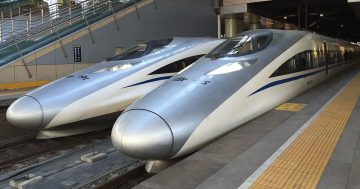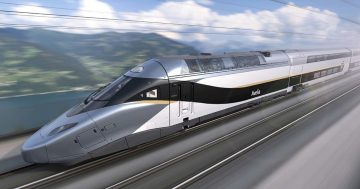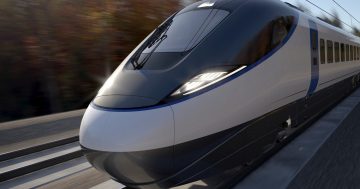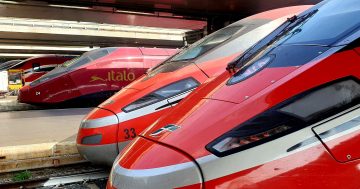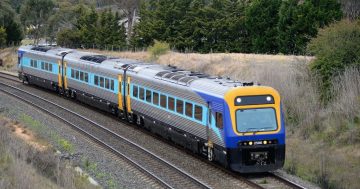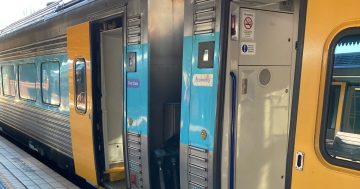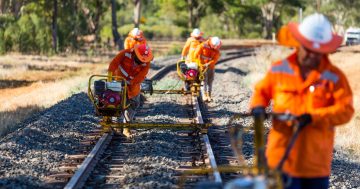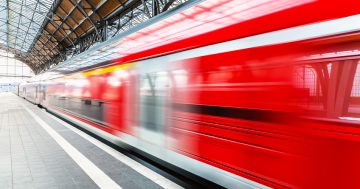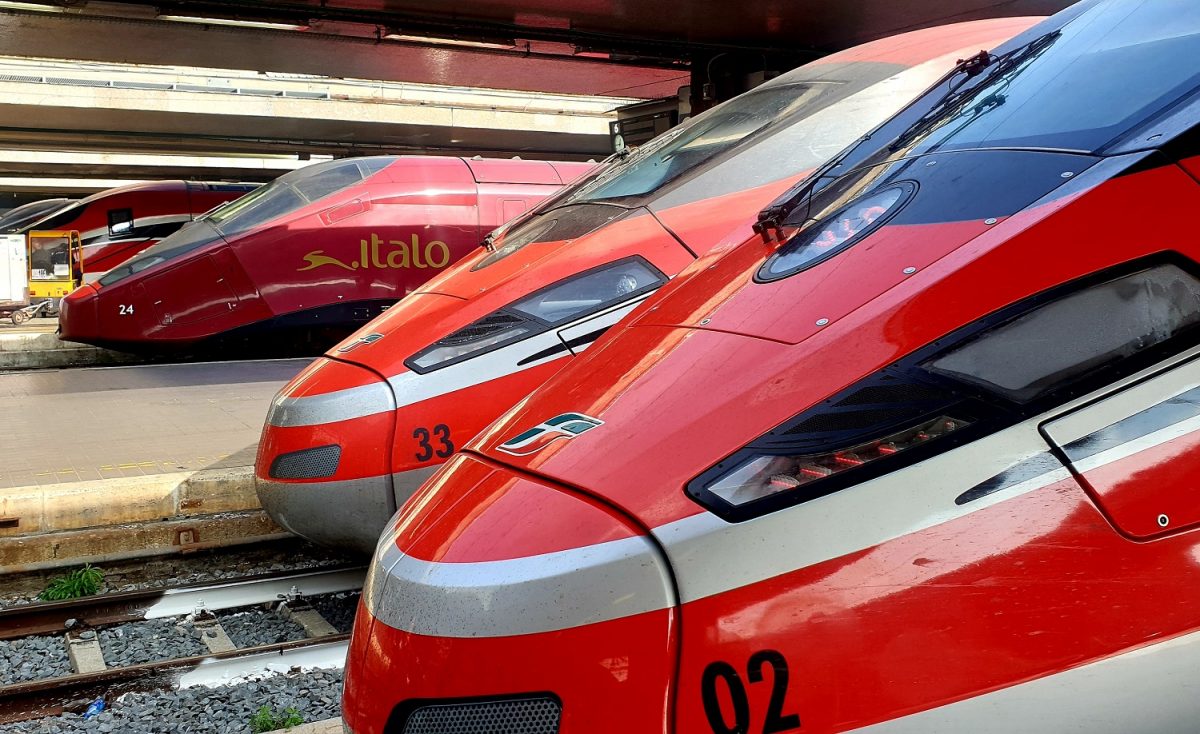
Frecce high-speed trains stand ready at Rome’s Termini Stazione. Photo: Andrew McLaughlin.
Federal Minister for Infrastructure, Transport, Regional Development and Local Government Catherine King has announced the appointment of Mr Timothy Parker as the inaugural CEO of the High Speed Rail Authority (HSRA).
Mr Parker’s appointment comes seven months after a five-member HSRA Board commenced work in June 2023 with the goal of facilitating a high-speed rail network on Australia’s east coast, starting with the Sydney to Newcastle section of the network. The board is comprised of Ms Jill Rossouw, Ms Gillian Brown, Ms Dyan Crowther, Mr Ian Hunt and Mr Neil Scales.
Australia has long held ambitions to build a high-speed rail network along the eastern seaboard linking Brisbane, Newcastle, Sydney, the Southern Highlands, Canberra, Wagga Wagga/Albury-Wodonga, and Melbourne, but multiple feasibility studies have demonstrated that the economics of what would be a multi-billion dollar project are yet to stack up.
But with rising aviation fuel costs, growing passenger traffic, and an increased focus on environmental issues, the government undertook before the last election to revisit the concept.
Ms King said Mr Parker had considerable leadership and project experience in delivering complex infrastructure projects to drive the development of high-speed rail in Australia.
She said he had more than 30 years of experience in developing, procuring and delivering significant infrastructure projects including as the Head of Project for Sydney Metro since 2018, as well as having complex infrastructure experience working in Hong Kong and the United Kingdom.
“Proper planning is critical to the success of any significant infrastructure project and getting it right from the start will be of enormous benefit to this project in the future,” Ms King said.
“I look forward to working with Mr Parker in the CEO role and continuing to work with the HSRA Board to deliver HSRA’s key priority of planning and corridor works for the Sydney to Newcastle section of the high-speed rail network.
“High-speed rail will revolutionise interstate travel on the east coast, providing a fast alternative for people to move between cities and regional centres, promoting sustainable settlement patterns and creating broad economic benefits for regional centres,” Ms King said last June.
“This is a transformational project that has the ability to touch the lives of all Australians, particularly in our regions. The network could allow passengers to travel between major cities and regional centres at speeds exceeding 250 km/h.”
The first priority of the HSRA is to deliver a $500 million study into what planning and corridor works would be required for the Sydney to Newcastle section of the network.
